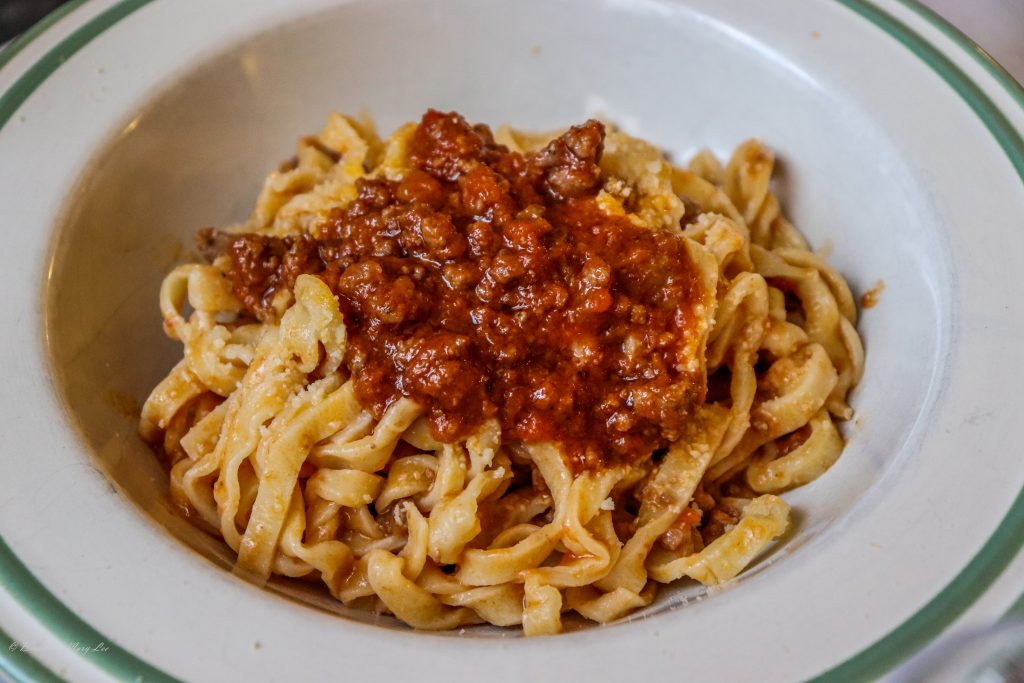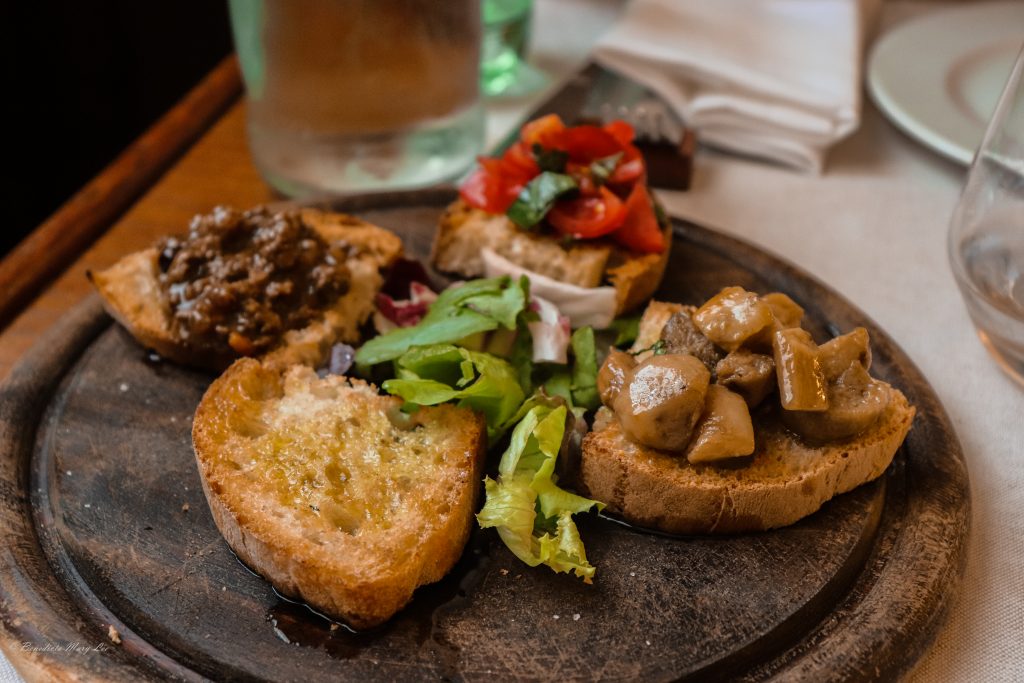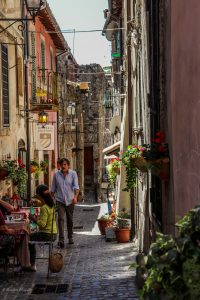
A well presented fettuccine dish or a well described fettuccine dish: which one excites the most?
What dish do we describe on social networks and how do we share it with friends from all over the world?
Before answering this question, put yourself in the shoes of a tourist and go to a place where you don't know the language. For example, you could go to a Chinese restaurant where the menus are written in Chinese script and there are only a few photographs that illustrate some of the dishes you can choose.
What do you do? Obviously you will feel reassured by the dishes described by the photographs, but then? Slowly, you notice that people close to you have quietly chosen and at their tables, dishes that smell good and look inviting begin to arrive.
But you?
You have chosen the usual sweet and sour pork, almond chicken and Cantonese rice. The Chinese would laugh and think we are missing out on the best.
And what did we understand about China after a lunch like this? Do we come by chance to go and visit it? Do you want to learn more about its many thousands of years history? Did you know that China has one of the most varied cuisines in the world and lots of vegetables unknown to us, vegetables that taste delicious?
Now think of a foreign tourist who comes to your restaurant and knows only "Spaghetti alla Bolognese" (which would be spaghetti with meat sauce), Carbonara (which is often made with peppers and cream) and the inevitable Lasagne.
Then to better get into the Italian spirit they know the pizza that for them is especially capricciosa (but you can't have an idea of what they put on a capricciosa in other countries). And what is better and more characteristic of Italy than a cappuccino to finish your meal?
Obviously this is what you find in most restaurants near the great monuments visited by masses of tourists, restaurants that are overbooked, such as at the Colosseum in Rome or the Rialto Bridge in Venice or the Duomo in Florence.
What do you think this tourist will tell his friends?
Will someone else be thrilled to the point of encouraging him to visit our country? He'll think we're really trivial if all the restaurants have spaghetti bolognese, lasagna and pizza.
If you think this is cultural tourism then you are completely off the road. And if you don't have a place near the Colosseum, the Rialto Bridge or the Duomo of Florence, then you have to implement another strategy to get into the heart of your client.

Culture must be described, otherwise it cannot be understood. But once you have enchanted someone with a story you will have captured him forever. He will follow you on social networks, follow your advice, send you his friends.
Exercise: open the menu of your restaurant? Do you have a traditional local dish? Do you have a dish you are fond of because you invented it or because it comes from your family tradition? How do you present it?
Listen to the narration of your waiter to understand how he communicates with customers. And what do you do when a foreign customer arrives?

To answer these questions we have introduced a system to help restauranteurs to have their own strategy thanks to which they can acquire new customers and retain those who enter their restaurant.
We help them understand the needs of a client and how enchant their clients, we help them keep in touch with each client to make them want to come back more and more often to your restaurant.
Find out where the next FOT - Friend of Tourist Academy meeting is held or book your personalized meeting by writing to









Follow us